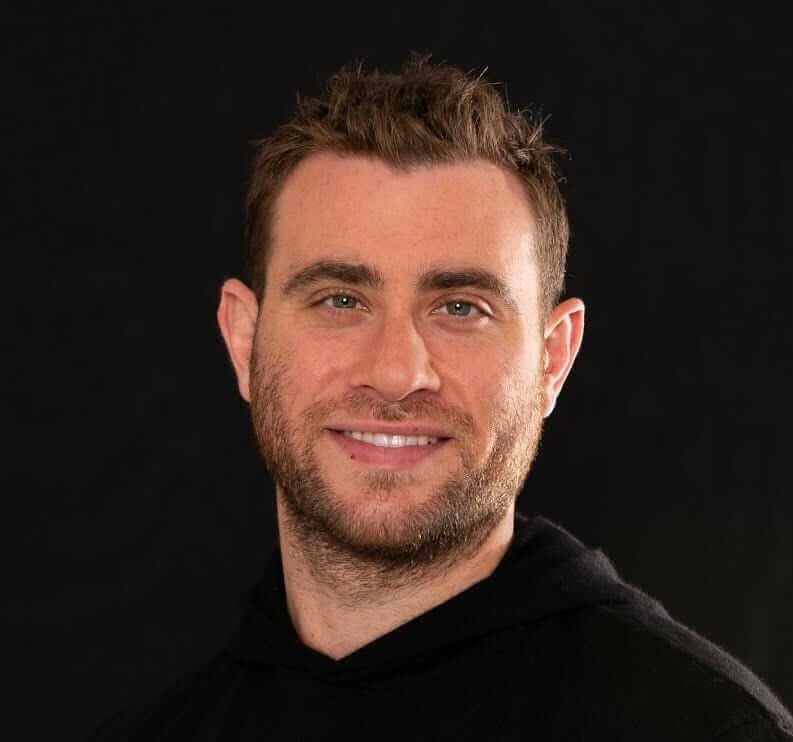Choosing a hotel has become more complex than ever. The average guest has 7,000 digital touchpoints over four months (Google), making it challenging for hotels to measure ROI throughout the travel planning journey.
Because of attribution hurdles, hospitality has historically underinvested in top-of-funnel hotel content marketing strategies, such as public relations (PR), blogging, and social media marketing, that have proven difficult to measure. Yet, the content found across these channels is the spark that ignites a guest’s travel planning journey and gets them researching destinations and deciding where to stay.
"Content drives commerce" has become conventional wisdom for modern marketers, and for good reason. According to a 2023 report by the Content Marketing Institute (CMI), 81% of B2C marketers saw an annual increase in brand awareness due to their content marketing efforts.
Hotel content can include everything from hotel reviews in the newsletters of legacy publishers, such as Condé Nast Traveler and Travel + Leisure, to sponsored social media posts developed by content creators.
However, CMI's data showed that only 41% reported that content marketing led to revenue generation. While legacy publishers and hotel content creators are adept at creating compelling written and visual content, they don't offer hotels definitive proof that engagement with editorial or sponsored content leads directly to new bookings.
Where did the challenges with upper-funnel hotel marketing begin?
Enter the 1990s, when the hotel industry went asset-lite, separating hotel brands from their physical properties, and short-term conversion campaigns utilizing digital media advertising on the internet quickly replaced longer-term brand-building efforts.
This trend continues today, with brands like Hyatt owning just 5% of the properties it manages. Hyatt, for example, invests significantly in short-term conversion campaigns, spending an estimated average of nearly $200,000 monthly (Semrush) on Google Ads.
While these tactics may offer a quick fix for boosting occupancy rates, brands that emphasize bottom-of-funnel strategies miss out on a massive audience in the upper funnel who aren’t brand-committed and have an open mind about the hotel they'll book.
The asset-lite shift has also led to the rise of an industry giant: the online travel agency (OTA). OTAs are third-party marketplaces that allow users to indirectly book multiple travel products and services, including hotel stays.
While OTAs can offer hotels high volumes of bookings (and measurable ROI), they often charge incredibly high commission rates, and their lack of original content and poor user experience can chip away at a hotel brand's value.
Digital media advertising and OTA collaborations represent costly bottom-of-funnel approaches that often cannibalize guest demand created elsewhere, namely, upper-funnel content that inspires guests to travel in the first place.
In 2023, the best way for hotels to grow their customer base is by investing in measurable top-of-funnel content that enhances their awareness and fuels a traveler's decision-making journey.
By investing in upper-funnel content, such as placements for your hotel in the email newsletters of the world's best media brands, hotels can stand out and capture attention in a crowded marketplace.
However, because hotel bookings are a high-consideration, multichannel process, hotels must also work with measurement partners suited to face the unique challenges of the travel industry, such as taking lengthy booking windows and multichannel purchase behavior into account.
Enter Curacity.
Curacity allows hotels to measure the ROI of their upper-funnel efforts and drive new direct bookings over time. At Curacity, we’ve proven this strategy does more than drive efficient customer acquisition; it also attracts better, higher-paying customers. We’ve found that guests inspired by upper-funnel content spend 37% more on rooms and 20% more on-premise.
Every hotel is unique, and has its own story to tell. When these stories get quality distribution across publishers and social media with trackable results from Curacity, it's a win-win-win for hotels, guests, and publishers/creators.
